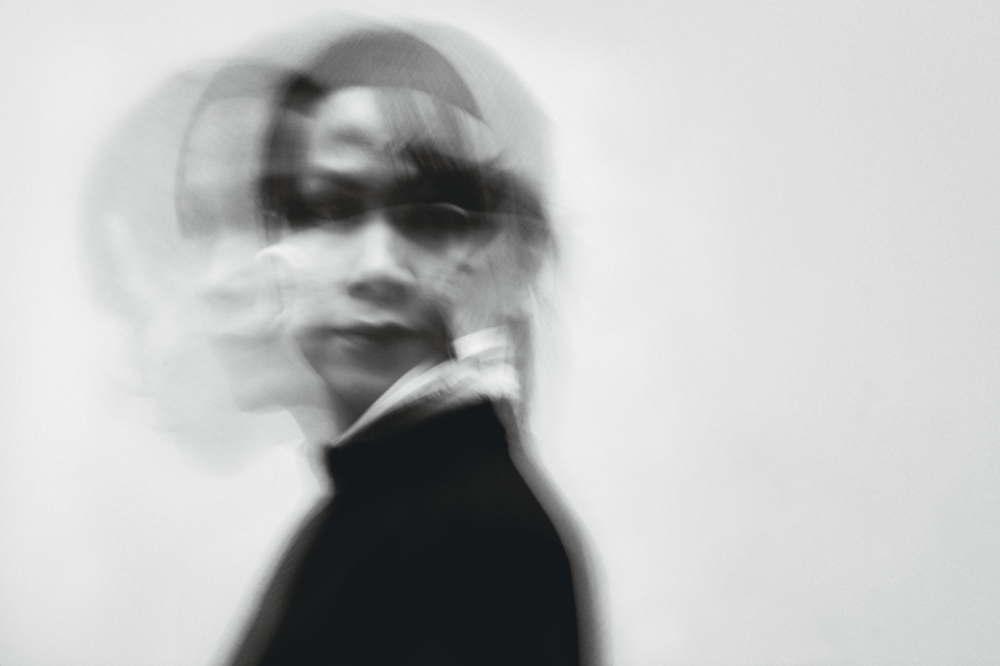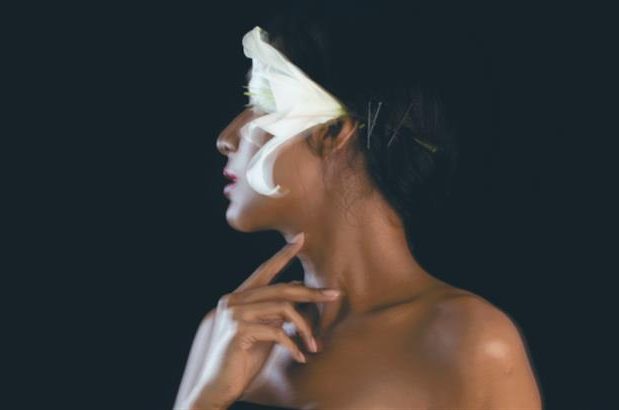SELMA REZGUI speaks with Misia-O’ about her photography project Trans-It-I-On.
Trans: transformations, transcendence, trans
It: How to define “it”? what is transgenderism?
I: I am multiple. You are multiple
On: “we” in French – each have both female and male qualities
This series of prompts and provocations is Misia-O’’s introductory text to Trans-It-I-On, a photography project which aims to document and explore transgender identity and experience. Misia-O’ has worked in collaboration with trans models, and particularly closely with Victoria Gigante, a member of Stonewall’s trans advisory group. Gigante inspired Misia-O’ to embark on this project when she worked with the photographer on a series of portraits exploring womanhood. Before this collaboration Misia-O’ had little idea of what being trans would mean, and an increasing awareness of this inadvertently opened up an entirely new creative and collaborative avenue.
This project is a follow-up to her Paris-based exhibition ‘What is Gender’, looking at gender and its definitions. This, Part Two, is an examination of transgender experiences and trans roles within Western society. The project aims to humanise and normalise trans individuals and ‘make the subject of transgender people approachable to non-transgender people’. Part Three will move to the USA and explore ‘transgenderism versus transsexuality.’
I have misgivings about the language Misia-O’ uses to refer to trans people. The ‘transgenderism’ to which she refers is a term I find problematic: it is not commonly used by trans people and implies that being trans is an ideology or a condition. I wondered how a project that specifically sets out to amplify trans voices, and engage with trans experiences could possibly fall at what I see as the first hurdle–writing about the subject respectfully. When I discussed this with Misia-O’, she admitted that she struggles with labels, especially given that the ‘correct’ terms vary from country to country and language to language. ‘Transgenderism’ is, In France, the most widely used term, and does not have the same connotations that it does in English. It is a complex landscape of shifting terminology, especially for a project that seeks to be internationally accessible, but I cannot help but think that a quick ‘google’ would have ironed out a lot of the issues with language that surround Misia-O’’s work. The term ‘Transsexual’ sat similarly uncomfortably: it sounded outdated at best; at worst it suggested a damaging preoccupation with physical or medical transition. However, it transpires that, once again, something has been lost in translation, and that Misia-O’’s conception of ‘transsexuality’ is something more akin to trans sexualities, with her planned US exhibition focusing on issues of trans intimacy and relationships.

The three sections of the portrait series itself (‘Transition’, ‘Metamorphosis’, and a third centred on the roles of trans people in Western society), are concerned with gender dysphoria, identity and fluidity. Misia-O’ seeks to ‘extract identity in a non-physical, non-voyeuristic way.’ The portraits of the first sections are characterised by soft lines and limited palates and tend to focus on isolated body parts. Though undeniably emotional, voyeurism played a perhaps inevitable part in the consideration of these images in which the models place themselves in a very vulnerable position. The subjects are approached obliquely, we see them in fragments or in soft blurs, perhaps an idealised image of ‘transcendent’ trans people. The portraits of the third section are more grounded, but complete pictures of a model’s face or body remain rare—there is always an element of concealment.
The project, aiming to show trans people as ‘normal’ members of society, has a tendency towards shrouding them in mystery. The text accompanying these portraits cite the names and professions of their subjects, but is this a productive practice if their faces, for the most part, remain unknown?

In person Misia-O’ was warm and willing to respond to my qualms and questions, but without this contextualising and our explanatory conversation, the photographs would struggle to stand alone. The project, well-meaning as it is, is conceptual to the point where the photography is eclipsed by Misia-O’ the character, her muses, and her words. Despite being a project that purports to deal in images alone as a means to revealing identity, the wordiness of the talk is what really warms me to it and allows me to understand where this project comes from. Although Misia-O’’s stance is that terminology is highly changeable and as such not a priority for her within the wider scope of issues of trans identity, the fact remains that terminology is what alienated me from her project, and from her work as an artist, at least to begin with. It is her explanatory language that allowed me to see her work as separate from the problems I have with the terms she has chosen. Possibly paradoxically, Misia-O’’s decision to work under a pseudonym indicates an artist who is fully aware of how language has the power to define (and constrain) the constructions or presentations of a self. Her project would benefit from a similar degree of sensitivity.
Misia-O’s work was displayed at The Camera Club 19 January – 10 February. Trans-it-i-on will show in New York later in 2017. Find more information here.
Featured image courtesy of thecameraclub.com





